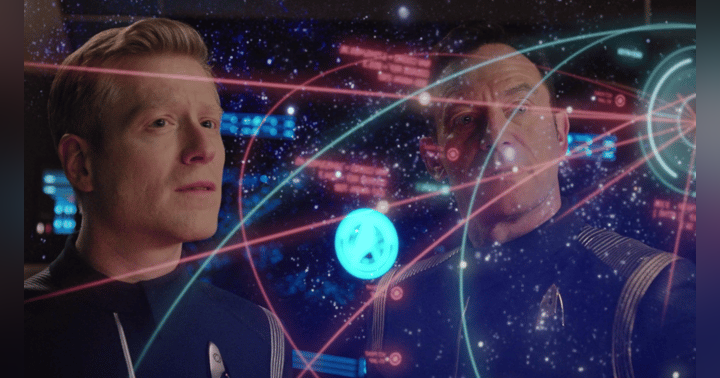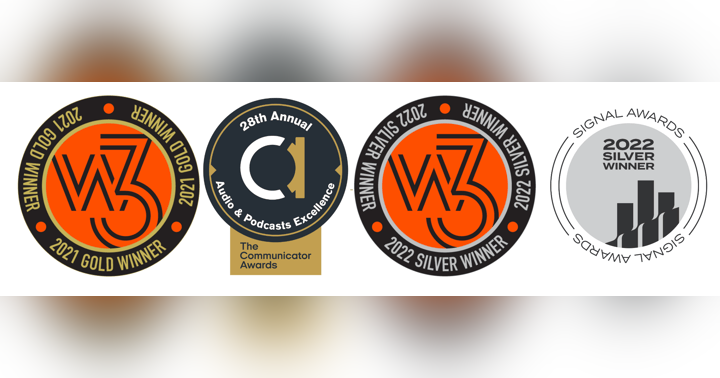Achieving Success

In modern culture, success is a driving force for many. Success personally, in health and relationships. Success professionally, in projects and achievements. Success is an admirable goal. But let’s face it, it’s kind of vague. What may be deemed a “success” by one person may be considered just ok by another person. Or the parameters for success in one assignment may not apply at all to another one. Much like creating goals for growth, we’ve got to get specific about what success means. If we know what success looks like for a particular project, then we know where we’re aiming to go and when we’re veering off track. Let’s see how we can achieve success by knowing what it is, knowing what it isn’t, and making a plan to get there.
Have you ever noticed how easy it is to end up with a crooked line when you’re cutting paper? Logic would lead me to believe that if I keep my eyes on my scissors, watching each cut as it happens, then I’ll end up with a straight line. But the opposite is true. If I keep my eyes on the endpoint where I want my scissors to finish, I will naturally achieve a straight line from point A to point B. What does this have to do with success?
Step one with any project is to identify the end goal. Author and businessman Stephen Covey said, “To begin with the end in mind means to start with a clear understanding of your destination. It means to know where you’re going so that you better understand where you are now and so that the steps you take are always in the right direction.” So talk it through. Be clear. Get specific. Everyone on the team should understand and be able to articulate what the primary goal of the project is.
Once you know the goal for your assignment, you’ll benefit from taking it even further. A goal statement alone is not enough to keep your team on track.
Take the time to flesh out what success, or achieving the goal, looks like.Think through all the layers. Ask the members of the different departments involved to speak up. What does success look like within the team’s process? What does collaborative success mean? What is success on the backend or behind the scenes versus customer-facing? How does meeting the goal support the overall success of the company? Don’t be afraid to get nitty-gritty. Timelines, budget, production, launching, risk, marketing, quality, market impact… these areas and more need to be explored to truly determine what success means. I often say there are two ways to measure success: the measurements you can write on paper (metrics, indicators, etc.) and the measurements you can see (the palpable feeling of a win in the air after a project has been completed). You can ask things like, “What would it feel like to succeed here?” or “How would we, as a team, react to success in this arena?” Going this route can help your people determine a deeper why behind their work, powerfully propelling them forward toward success.
Just as important as thinking through what success would look like, is knowing what failure would look like. It’s not as fun of a topic. But avoiding it could mean disaster. Just like with success, allow the brainstorm session to flow.
What would your assignment ending in failure look like? What do you not want to happen? What is the worst-case scenario? Think through the tasks, the employees involved, and the response from your audience or client. Again, remember the tangibles and intangibles. I think a lot of groups find overall success with a project, meaning the primary goal was met. But overlook all the little failures along the way like some voices being silenced or poor initial planning that creates stress and extreme hours to reach the deadline. It’s easy to slip into mini failures if you don’t have the awareness to spot them. It may not feel good to describe how you, your team, or your project could fail. But I can promise you, talking about them is much better than living them out.
Now that that’s out of the way, you can move on to building a plan for success with incredible clarity! You know what your goal is, what success looks like, and what would be considered a failure.
It’s time to create a tangible action plan with measurable goals. I’ve quoted it before and I’ll do it again, “A goal without a plan is just a wish.” (Antoine De Saint-Exupery) So get to planning! Set benchmarks along the way so everyone knows how things are going and you have the opportunity to course-correct if needed. Create smaller goals within the larger goal. Break the project into sections and create deadlines. The last thing you need is procrastination or one person holding up progress for another. Break it down as small as you can so each person on the team knows what their next steps are. Clear expectations, regular deadlines, and data you can measure will mean all your hard work to define your success has the opportunity to become a reality.
Success. We all want it. But not everyone will do the work necessary to achieve it. You have the tools. Now go forth and succeed!
This post contains affiliate links. I may receive a commission for purchases made through these links but it won't cost you any more.


